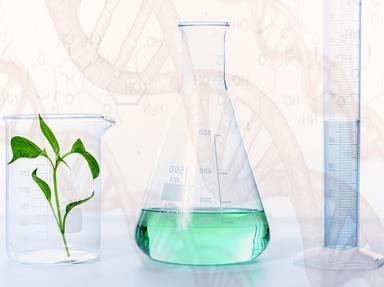Quiz Answer Key and Fun Facts
1. Metallic hydroxides are also known by which name?
2. Which of these are water soluble bases?
3. Which one of the following is widely used as a strong alkali?
4. What is another name for Mercury?
5. Which one of the following is a negatively charged sub-atomic particle?
6. The only cation of an acid is which ion?
7. Marie and Pierre Curie extracted radium from which ore?
8. Which one of the following is a real acid?
9. Who, among the following, is widely considered as the father of modern chemistry?
10. Which of these elements was discovered in prehistoric times?
Source: Author
benhyn2001
This quiz was reviewed by FunTrivia editor
rossian before going online.
Any errors found in FunTrivia content are routinely corrected through our feedback system.

